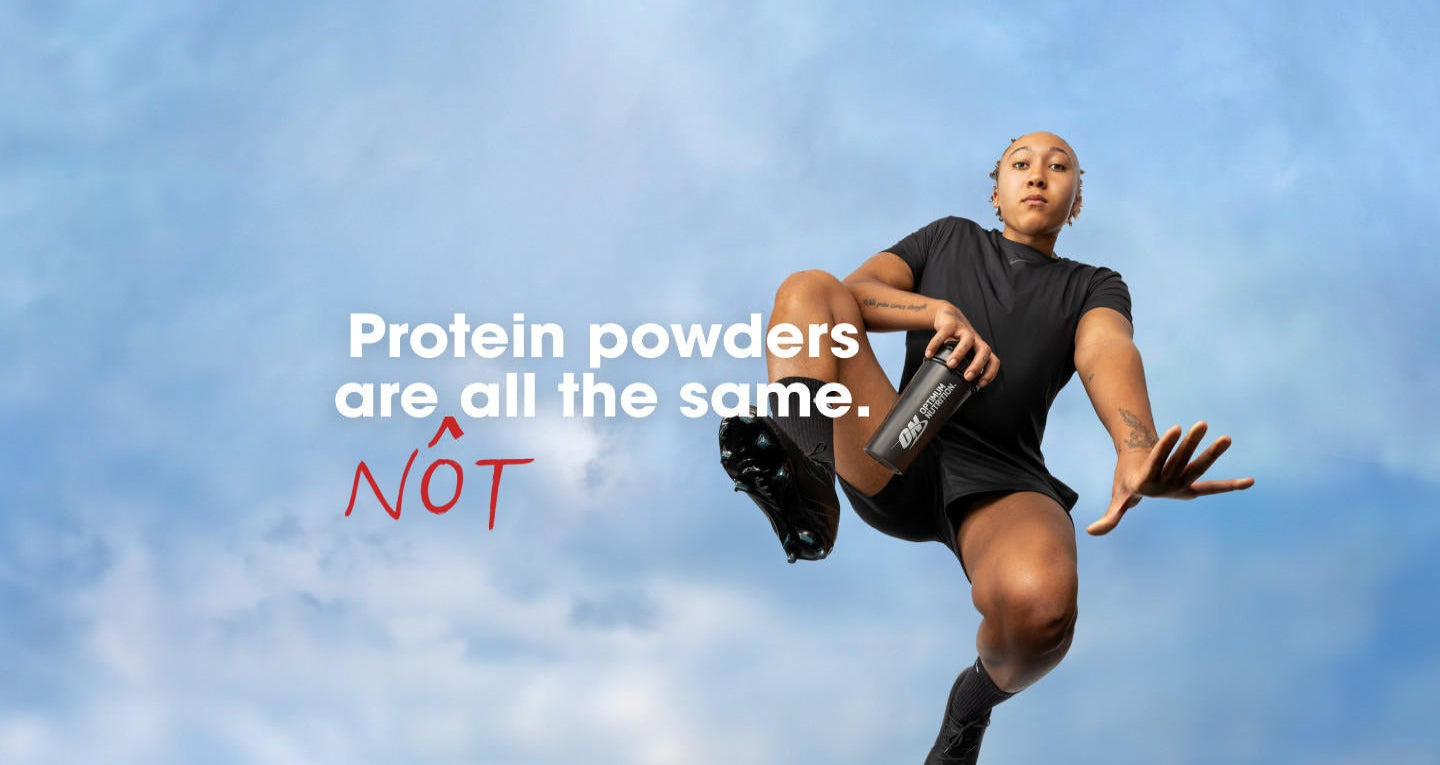By Mark Evans, Optimum Nutrition, Nutrition & Education
Truth Unlocked
Not all protein powders are the same – whey protein is a high-quality protein containing all the essential amino acids you need, but its different forms (whey protein concentrate, isolate, and hydrolyzed whey) vary in purity and macronutrient content.
Optimum Nutrition Gold Standard Whey prioritizes whey protein isolate — its high protein content, low fat and lactose content, and rapid absorption make it ideal for supporting muscle growth, repair, and body-composition goals.
When it comes to protein powders, it’s important to know they’re not all created equal. One standout ingredient is whey protein, a high-quality protein derived from milk during the cheese-making process. It contains all the essential amino acids your body needs, making it an excellent choice for anyone looking to boost their protein intake. But did you know there are different types of whey protein?
Type of whey protein
- Whey Protein Concentrate is the most common form and is typically made up of 70–80% protein by weight, with the rest coming from carbohydrates (mainly lactose) and fats.
- Whey Protein Isolate undergoes additional filtration to remove most carbohydrates (lactose) and fat. It’s typically 90%+ protein by weight and fast-digesting. It’s a great option for those mindful of body composition or with digestive sensitivities, as it’s lower in lactose than many other protein sources.
- Hydrolyzed Whey Protein is further processed so the proteins are partially broken down into smaller peptides and typically come with minimal carbohydrates and fat.
So why does this matter?
When you consume whey protein, your body uses its amino acids to support muscle growth and repair. Whey protein isolate, in particular, is a strong choice for those seeking great results while reducing “extras.”
That’s why Optimum Nutrition Gold Standard Whey includes whey protein isolate as its #1 ingredient. With its high protein content and rapid absorption, it’s trusted by athletes worldwide to fuel their fitness goals. Choose wisely — not all protein powders are created equal!
References
- Hultman, E., et al. (1996). Muscle creatine loading in men. J Appl Physiol (1985), 81(1), 232–237.
- Kreider, R. B., et al. (2017). International Society of Sports Nutrition position stand: safety and efficacy of creatine supplementation in exercise, sport, and medicine. J Int Soc Sports Nutr, 14, 18.
- Antonio, J., et al. (2021). Common questions and misconceptions about creatine supplementation: what does the scientific evidence really show? J Int Soc Sports Nutr, 18, 13.
- Green, A. L., et al. (1996). Carbohydrate ingestion augments skeletal muscle creatine accumulation during creatine supplementation in humans. Am J Physiol, 271, E821.
- Hespel, P., et al. (2001). Oral creatine supplementation facilitates the rehabilitation of disuse atrophy and alters the expression of muscle myogenic factors in humans. J Physiol, 536, 625–633.
- Op ’t Eijnde, B., et al. (2001). Effect of oral creatine supplementation on human muscle GLUT4 protein content after immobilization. Diabetes, 50, 18–23.







